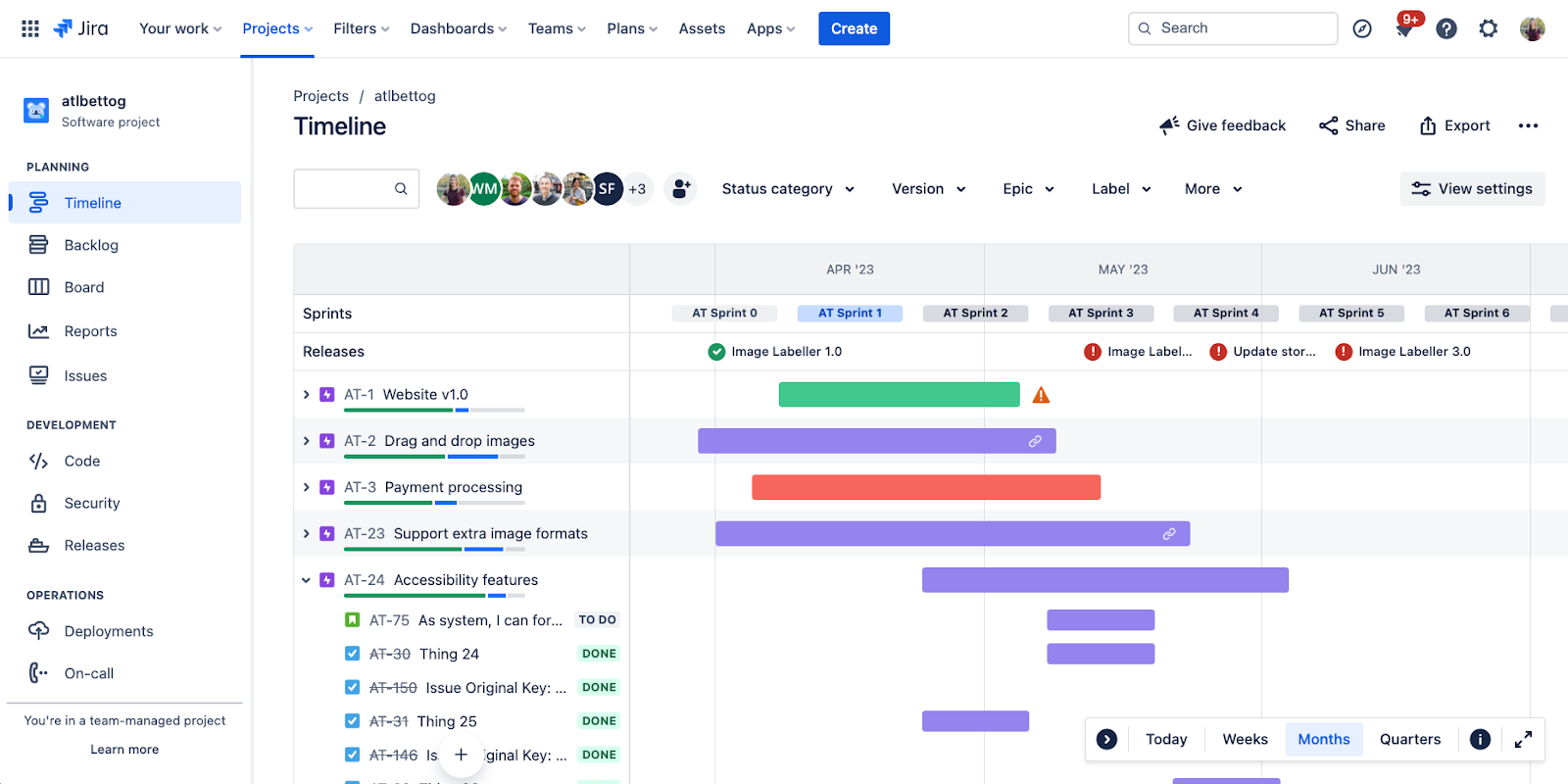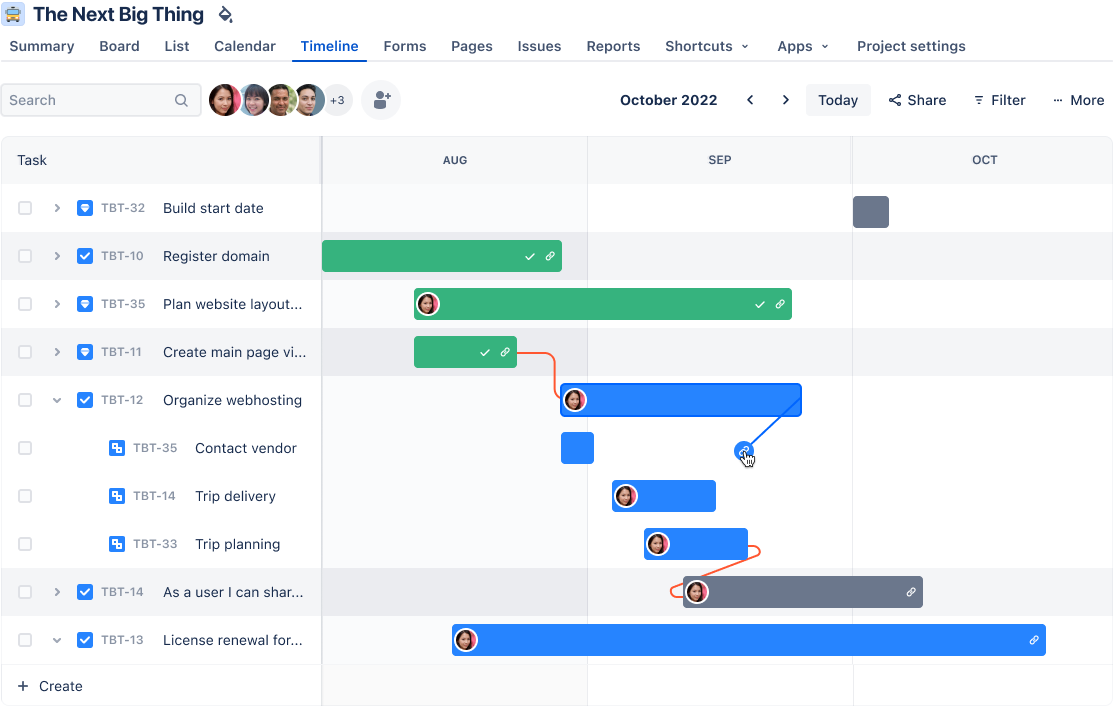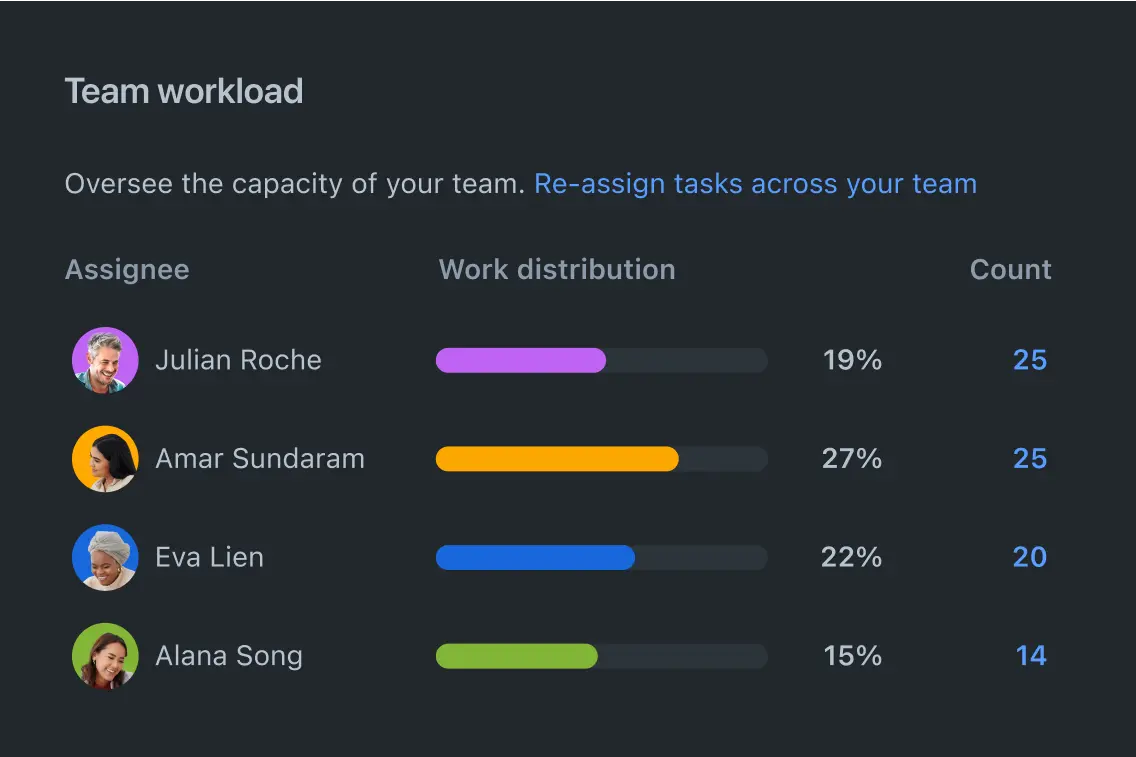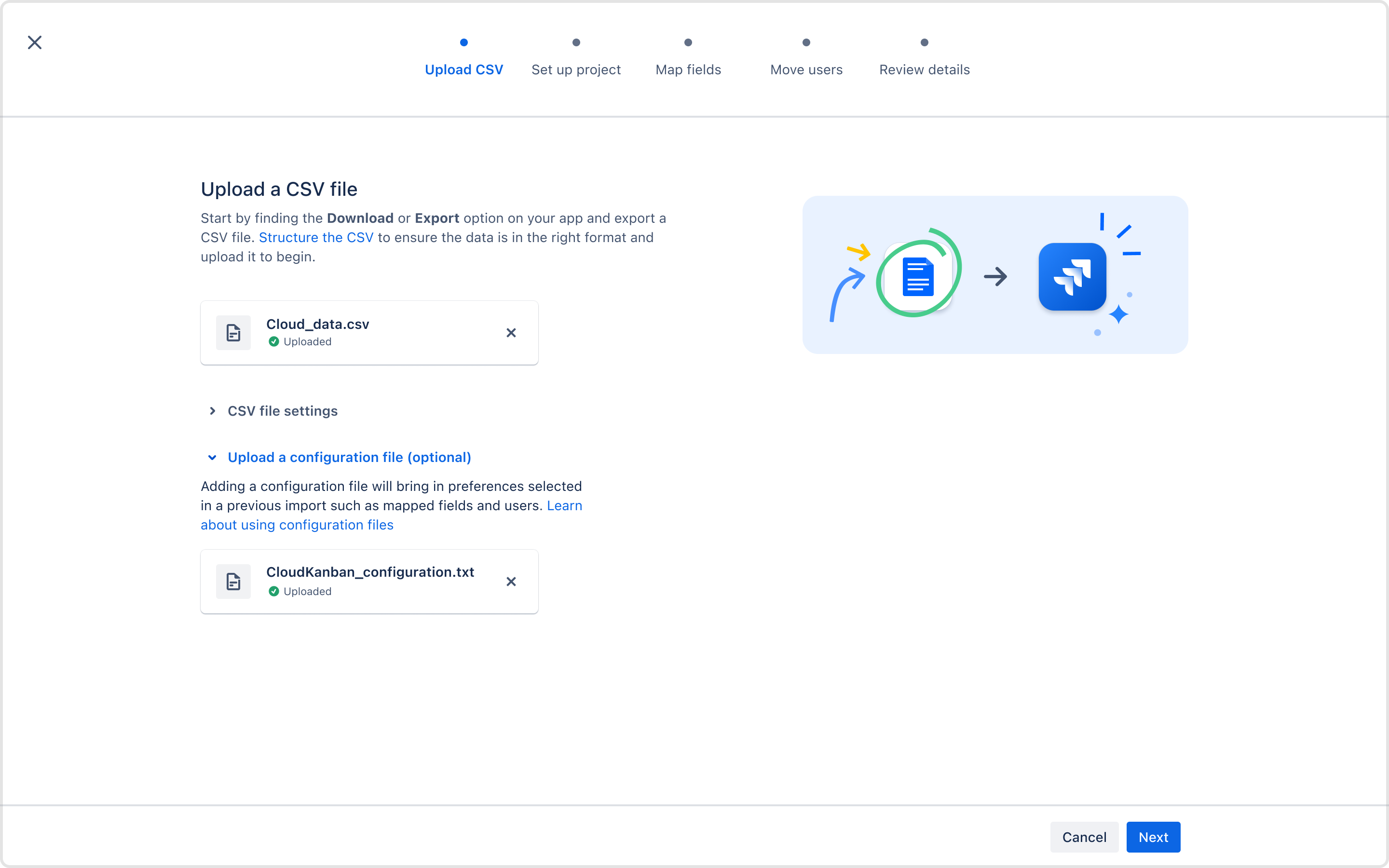How to create effective project timelines: Save hours of work and hit deadlines
Keep your team on track for what’s happening when
Browse topics
A project management timeline is like a detailed schedule for your project laying out all the tasks and their deadlines. This lets your team know when each step will happen and when the whole project is planned to be finished. With modern project timeline tools, creating and launching timelines is possible in a few clicks.
Picture this: Your team is rebranding your website, and everyone wants to know: How long will this take? Without a visual timeline to reference, it's a pure guessing game.
It’s tough to pinpoint the exact end date for a project, but you help set expectations with a project timeline that includes precise dates as a key element in your project timeline.
A project timeline for web design or marketing initiatives would include phases, tasks, dependencies, milestones, and visualization tools to show how everything fits together.
In fact, reports show 48% of projects don’t meet their original deadlines. A project management timeline keeps your team organized and prevents your initial plan from dragging on forever.






